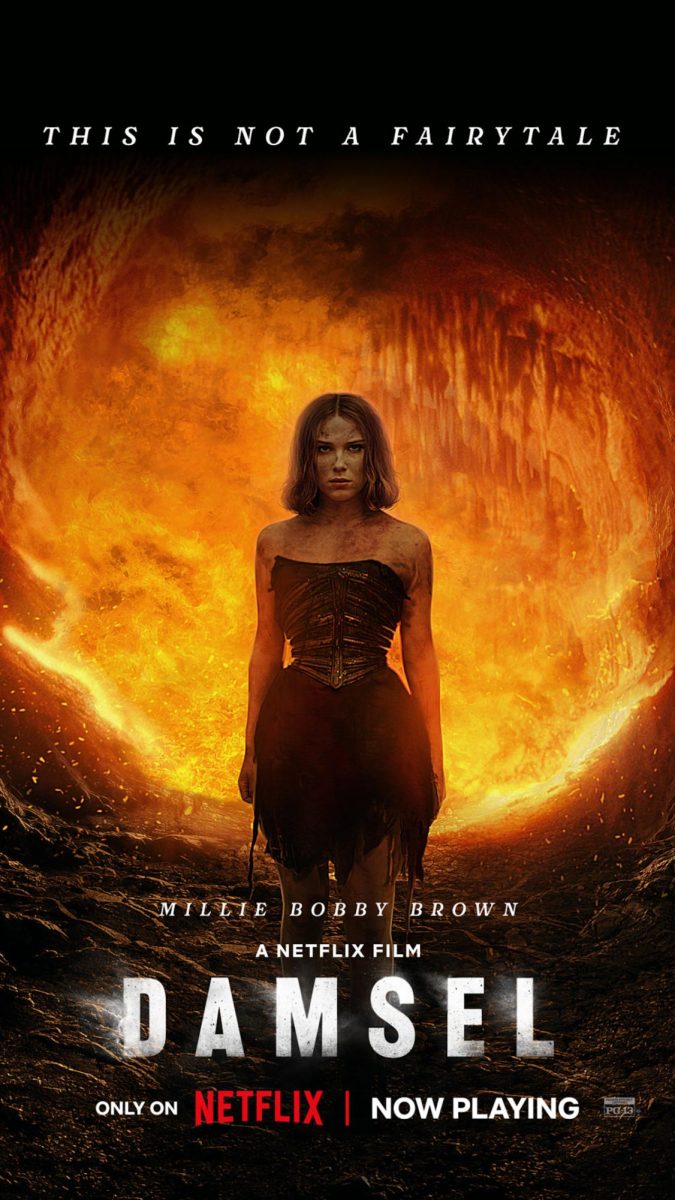“Apollo 11” is a visually breathtaking film documenting the July 1969 Apollo 11 mission to the moon, perfectly capturing the excitement, anxiety and anticipation of what is arguably one of history’s greatest human achievements. Described by the filmmakers as “Dunkirk in space,” the film premiered at the 2019 Sundance Film Festival on opening night.
Unlike traditional documentaries, “Apollo 11” does away with voice-overs and cutaways to experts, letting the footage provide the narrative instead. Cut together beautifully, the footage shows the Apollo 11 mission from the morning of blast off to landing on the moon and back again. Despite not following a traditional documentary format, the use of clips, photos and audio still allow for a beautiful and compelling story. Instead of a voice-over telling you about Neil Armstrong’s childhood, the film flashes between photographs of Armstrong as a child and footage of him suiting up, while the audio itself is from Mission Control talking about the mission.
The film itself represents a massive archival project intended to document and encapsulate the 1969 moon landing. Other than an occasional graphic, the entire film is composed of found footage and audio.
Director Todd Douglas Miller and his team worked with NASA and the National Archives to track down all the Apollo 11 footage, including untouched film and uncatalogued audio recordings, stuck in storage for nearly 50 years. The team behind “Apollo 11” re-scanned the film in up to 8k resolution, producing colors and a sharpness that becomes almost unsettling when paired with recordings from so long ago. Film team members also restored and listened to the 11,000 hours of found audio recordings, which included tracks from 60 Apollo 11 Mission Control team members. Miller’s team was able to match audio to the Apollo 11 footage for the first time, bringing new life to the record.
Audio tracks accompany sometimes unrelated footage to provide the full scope of the event, not just Mission Control or the astronauts bobbing around in space, but also the crew who built the rocket and the sea of people camped out on the beach waiting for the spectacular to occur. The film perfectly captures what it felt like to witness and participate in these incredible eight days in history.
The film is dotted with unanticipated moments of humor, the kind of natural humor which arises in the everyday conversations between coworkers and friends. These blips of humor and camaraderie are part of what makes “Apollo 11” so touching, along with other details often not considered — the differing heart rates of the astronauts, Buzz Aldrin’s reflection in the window as he films Neil Armstrong from inside the moon lander, or an audio clip claiming Michael Collins, who remained in lunar orbit, was the loneliest man since Adam.
Composer Matt Morton created the score for “Apollo 11.” The use of music and sound to help present the awe-inspiring parts of the mission is exquisite. Crescendos lead up to important clips, but silence amplifies the most powerful moments, as the cadence follows velocity.
“Apollo 11” is more than worthy of the big screen, and a theatrical release is expected this spring. In May the film will be released in museums and science centers. For those unable to make it to a theater, CNN plans on airing the film in July for the 50th anniversary of the Apollo 11 mission.


















